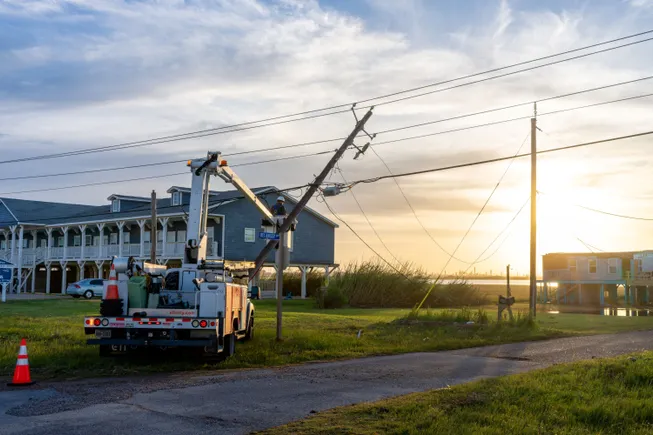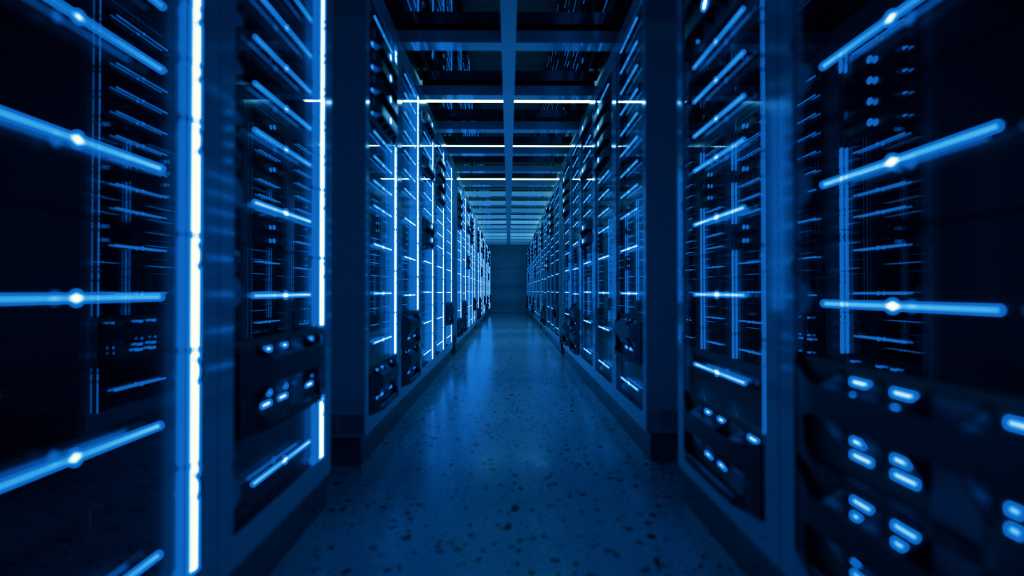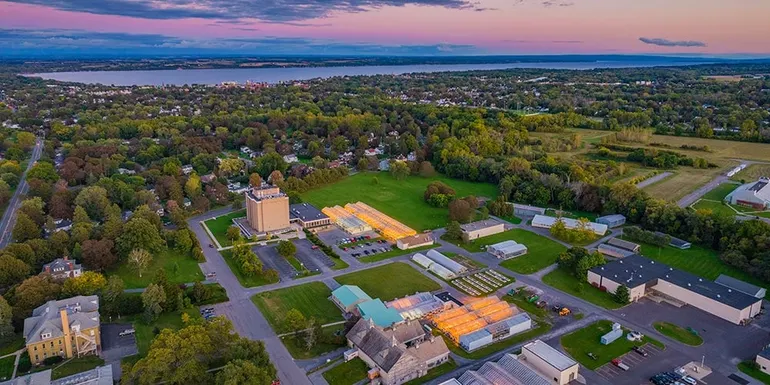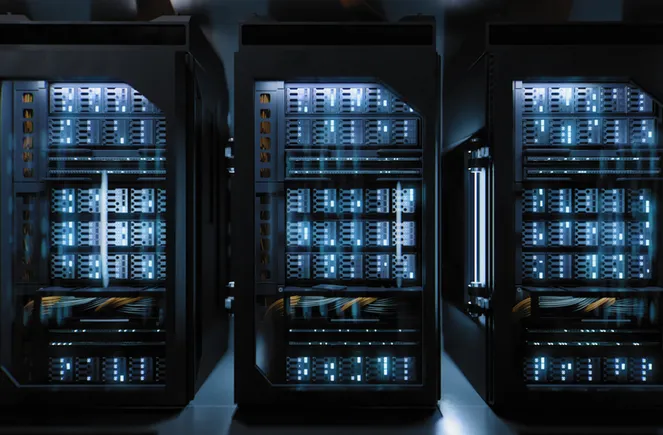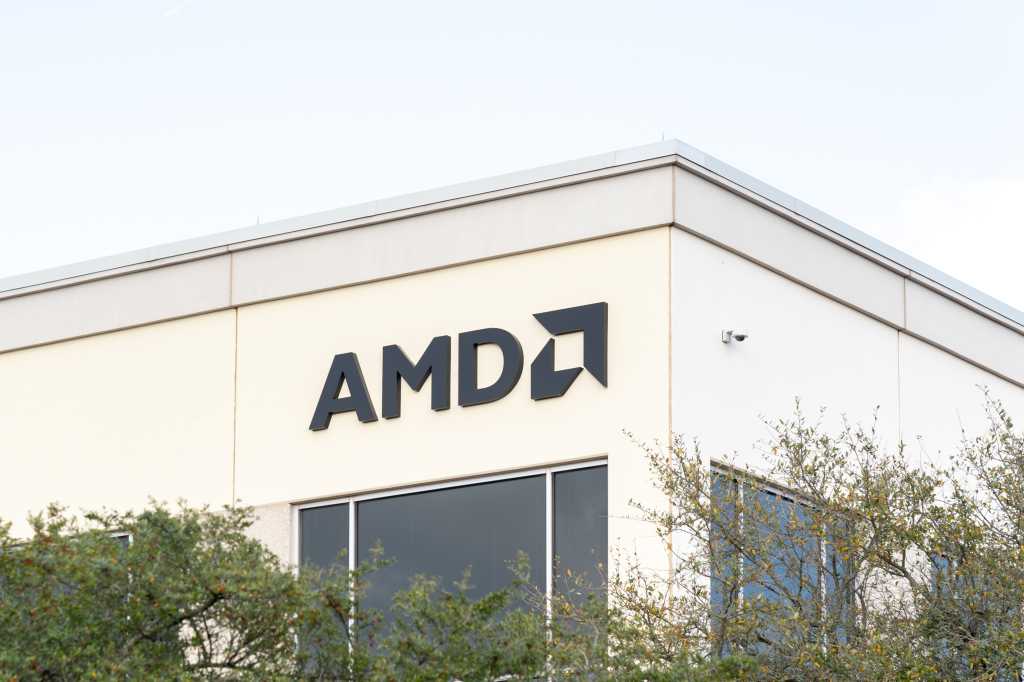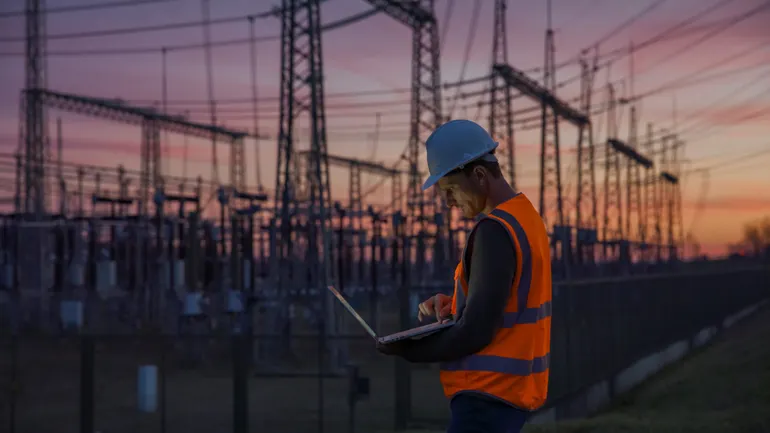
The National Electrical Manufacturers Association on Wednesday announced the publication of three standards aimed at helping utilities and equipment manufacturers develop the “digital substations” they say will underpin a modern, reliable and self-healing grid.
More standards will be published in the future, with the initial set covering fault isolation and restoration issues in distributed energy resources, and on a looped single line feeder, potentially in instances of communications loss. The standards can assist utilities that want to install grid sensors, switches and automated reclosers, NEMA officials said.
“You can think of them as basically blueprints for utilities to use when they are going to implement one of these systems,” NEMA Senior Vice President of Strategy, Technical and Industry Affairs Patrick Hughes said.
“We’ve seen and heard from utilities that there are interoperability questions and there’s a need for technical guidance for utilities interested in installing these … self-healing grid technologies,” Hughes said. “These give utilities a very clear blueprint for how to implement these systems.”
Modernized substations and automated restoration equipment will be key to managing the increasing demand for electricity across a strained grid, experts say. NEMA anticipates electricity demand in the U.S. will increase 2% annually and 50% by 2050, as more data centers are built, buildings are electrified and transportation shifts away from fossil fuels.
“When you’re dealing with modern grid technologies, and it includes communication systems and smart technologies, you have a number of different vendors that are offering these technologies and the service,” Hughes said. “And it can be a little overwhelming with different manufacturers and different communication protocols and all the different specifications that go into implementing one of these systems.”
Add to that, utilities must convince regulators who are concerned about how the investments are made, and whether the systems will have long-term support and follow industry best practices, Hughes said. “And so it’s really that confusion that this is meant to help resolve and give some clarity to utilities that they can then bring to their regulators,” he said.
Grid infrastructure investments have driven increases in utility spending over last two decades, according to the U.S. Energy Information Administration. Major utilities have gone from spending $287 billion in 2003 to produce and deliver electricity, to $320 billion in 2023, EIA said in November.
“Utilities spent $6.1 billion on distribution substation equipment in 2023 — a 184% increase from 2003 and a 15% increase from 2022,” according to EIA. “Substation investment has increased to help utilities better withstand extreme weather events, manage the intermittency of renewable resources, and allow greater voltage control during emergencies.”

